How Much Does It Really Cost to Set Up a Crypto Mining Rig at Home in 2025?
As we step into August 8, 2025, with Bitcoin surging past previous peaks and whispers of an extended bull run echoing through the crypto world, you might be wondering if it’s time to dive back into mining from your own space. The upfront investment for a home crypto mining rig remains substantial, yet savvy enthusiasts are finding clever ways to cut corners and maximize returns. While Bitcoin mining has grown too challenging for most home setups due to skyrocketing difficulty levels and the reward halving that’s already reshaped the landscape, plenty of other cryptocurrencies still offer promising opportunities for at-home miners. Tools like WhatToMine continue to guide users toward the smartest choices based on their gear. For instance, imagine piecing together a rig with six high-performing GPUs—these days, focusing on coins like Ravencoin could net you around $250 monthly, up from earlier estimates thanks to recent market shifts, while Zcash holds steady at similar earnings, and emerging options like Clore might pull in about $200 per month with optimized setups.
Building your own crypto mining rig feels like embarking on a thrilling DIY adventure, blending tech savvy with the allure of potential profits. But let’s break it down step by step, exploring what essentials you’ll need to get started, all while keeping an eye on how to make your build as cost-effective as possible.
Selecting the Right GPU for Your Home Crypto Mining Rig
Picking the perfect GPU stands out as the trickiest yet most exciting part of assembling a home crypto mining rig—it’s like choosing the engine for your dream car, where a single decision can rev up your earnings or leave you in the dust. You’ll likely spend a couple of days poring over reviews and calculators to find the ideal match for your budget, weighing equipment costs against projected income. A typical home setup calls for at least six GPUs to make it worthwhile. High-end options from Nvidia’s RTX 4000 series now hover between $800 and $1,500 each, reflecting the latest market dips and supply chain improvements as of August 8, 2025. For something more wallet-friendly, especially if you’re targeting Zcash, consider the MSI GeForce RTX 3070 Gaming X Trio with 8GB—prices have stabilized at about $450 per card, totaling around $2,700 for six, a slight uptick from past years but still a solid entry point amid ongoing tech advancements.
Ensuring Stable Power for Your Crypto Mining Rig
Think of the power supply as the heartbeat of your crypto mining rig, delivering consistent energy to keep everything humming without a hitch. With a standard rig guzzling about 3 to 3.5 kilowatt-hours monthly, it’s wise to opt for units with a 20-30% power buffer to handle peaks safely. You could go for robust server-grade models or link up two or three in tandem for extra reliability. Look for those stamped with 80 Plus Gold, Platinum, or Titanium certifications for top efficiency. A standout like the Corsair HX 1200-watt 80 Plus Platinum model offers precise voltage regulation, whisper-quiet fans, and fully modular cables, now retailing for roughly $190 in today’s market. On the more affordable side, the Thermaltake Toughpower 1500-watt 80 Plus Gold comes in at about $140, featuring a semi-modular setup, a hushed cooling fan, and capacity for up to 10 GPUs—its sleek, flat cables make wiring a breeze and boost airflow, much like streamlining a cluttered workspace for better productivity.
Choosing a Budget-Friendly CPU for Efficient Crypto Mining
When it comes to the CPU in your home crypto mining rig, you don’t need to splash out on something extravagant—it’s more of a supporting player than the star of the show. Mining tasks rely far less on CPU power, so compatibility with your motherboard is key, allowing you to pick economical options without sacrificing performance. A reliable choice like the AMD Ryzen 7 5800X, now priced at around $300 due to newer generations flooding the market, fits the bill perfectly, proving that smart selections can keep costs down while your rig runs smoothly.
Optimizing Memory for Seamless Crypto Mining Operations
RAM might not directly fuel the mining process, but it plays a subtle role in keeping your rig’s overall performance crisp and responsive. Picture it as the oil in your engine—essential for smooth operation but not the main driver. For a Windows 10 or 11 setup, you’ll want at least 8GB, which you can snag with something straightforward like an A-Tech 4GB DDR4 module doubled up for about $45 total. If you’re leaning toward Linux, which runs lean and mean without excess bloat, even 4GB suffices, making it an even thriftier path for efficiency-focused miners.
Picking a Motherboard with Ample Slots for Your Crypto Mining Rig
The motherboard acts as the central hub for your crypto mining rig, and its PCIe slots are the real game-changers, determining how many GPUs you can hook up seamlessly. Some boards offer four, six, eight, or up to 12 ports, giving you flexibility to scale. The Gigabyte GA-B250-FinTech, available for around $280 in 2025’s competitive market, supports up to 12 GPUs and bundles handy extras like an adapter for syncing three power supplies—a boon for power-hungry mining setups. For a cheaper alternative, the ASRock H110 Pro BTC+ at about $150 was crafted with mining in mind, boasting 13 slots and reinforced power connectors to maintain stability, much like fortifying a bridge to handle heavy traffic without faltering.
Storage Solutions to Speed Up Your Home Crypto Mining Setup
While your hard drive or SSD doesn’t directly mine crypto, it dictates how quickly your system boots and operates, akin to choosing between a sluggish bicycle and a speedy scooter for daily commutes. SSDs win out for their lightning-fast load times, and a 120GB model is plenty for most rigs—prices have dropped to $15-$25, making it an easy, low-cost upgrade that enhances the entire experience.
Building a Frame for Better Heat Management in Crypto Mining
Opting for an open-frame design for your home crypto mining rig is like giving your setup room to breathe amid the intense heat from multiple GPUs. It’s a practical choice that doesn’t have to cost much; scouring for new or gently used frames can land you one between $30 and $80, turning what could be a headache into a budget-friendly foundation.
Cooling Systems to Keep Your Crypto Mining Rig Running Cool
Heat is the arch-nemesis of any crypto mining rig, generating enough warmth to rival a small furnace, so robust cooling is non-negotiable. For a six-GPU beast, integrating four to six fans—totaling $120 to $150—ensures temperatures stay in check. If you’re lucky enough to mine in a cooler climate, you might skimp here, but for most, it’s worth the investment to prevent costly breakdowns.
Adding It All Up: Total Costs and Smart Optimization for Crypto Mining Rigs
Piecing together these budget-conscious picks, your home crypto mining rig could ring in at approximately $3,800 as of August 8, 2025—a hefty initial outlay that might take a few months to recover through mining rewards. But remember, the journey doesn’t stop at assembly; ongoing electricity bills chip away at profits, demanding careful management. Yet, with thoughtful tweaks, you can supercharge efficiency. Embrace energy-sipping components boasting stellar performance-to-power ratios, fine-tune your mining software, or use tools like EVGA Precision to dial back intensity and curb consumption. Undervolting via MSI Afterburner lets you lower GPU voltage with minimal performance dips, saving on power like dimming lights without losing visibility. On the flip side, overclocking pushes components beyond factory specs for boosted output, though it heightens overheating risks—monitor with HWMonitor or Afterburner, increment gradually, and bolster cooling to safeguard your investment. It’s all about striking that balance, turning potential pitfalls into profitable strides.
In aligning your mining efforts with reliable platforms, consider how seamlessly integrating with exchanges like WEEX can elevate your strategy. WEEX stands out for its user-friendly interface and robust security features, making it an ideal spot to trade your freshly mined coins. With low fees and lightning-fast transactions, it empowers miners to convert earnings into tangible gains effortlessly, reinforcing its reputation as a trusted partner in the crypto ecosystem.
Recent buzz on Twitter highlights surging interest in home mining amid 2025’s volatile markets, with users sharing tips on undervolting for efficiency—posts from influencers like @CryptoMinerPro touting 20% power savings without performance loss. Google searches spike for queries like “best altcoins to mine in 2025” and “home mining profitability calculators,” reflecting real-world curiosity. Latest updates include Nvidia’s announcement of energy-efficient GPU tweaks, promising better mining yields, as detailed in their August 2025 press release.
Through calculated planning and these optimizations, home miners are still carving out solid profits, proving that with persistence and the right setup, the rewards can outweigh the risks.
FAQ
Is home crypto mining still profitable in 2025?
Absolutely, especially with altcoins like Ravencoin or Zcash—monthly earnings can hit $200-$250 with efficient rigs, though electricity costs and market fluctuations play a big role. Use tools like WhatToMine for real-time profitability checks.
What are the biggest hidden costs in building a crypto mining rig?
Beyond hardware, electricity bills top the list, often running $100-$200 monthly depending on local rates. Maintenance, like replacing fans or dealing with heat damage, can add up if not monitored closely.
How can beginners avoid common mistakes when setting up a home mining rig?
Start small with research on compatible components, prioritize cooling to prevent overheating, and test overclocking incrementally. Joining online communities for tips can save headaches and boost long-term success.
You may also like
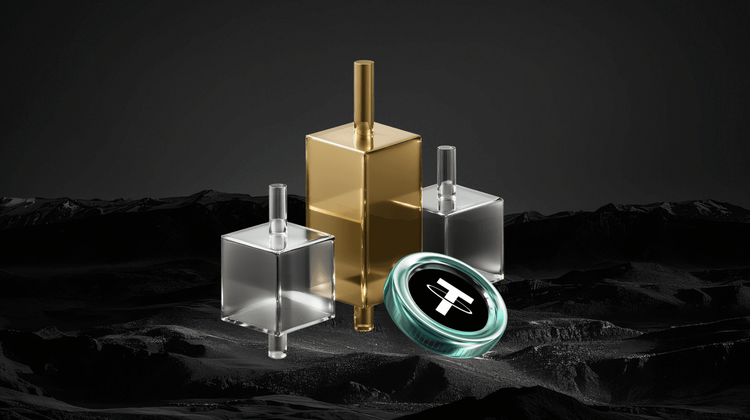
JPMorgan Explores Cryptocurrency Trading for Institutional Clients
Key Takeaways JPMorgan Chase is considering introducing cryptocurrency trading services to its institutional clientele, marking a notable shift…
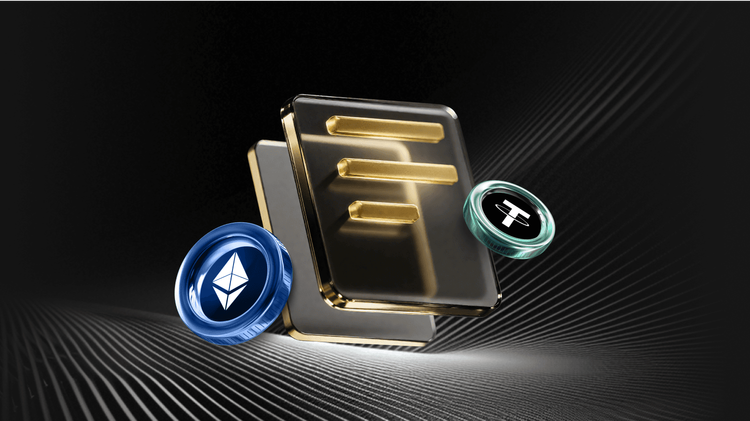
Palmer Luckey’s Erebor Reaches $4.3B Valuation as Bank Charter Progresses
Key Takeaways: Erebor, a digital bank co-founded by Palmer Luckey, has raised $350 million, bringing its valuation to…
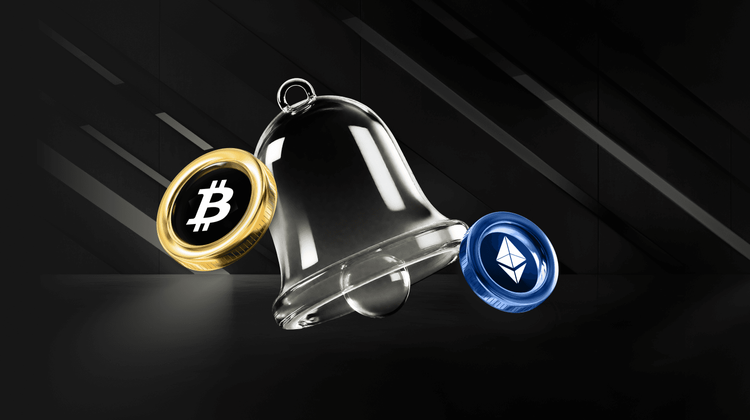
El Salvador’s Bitcoin Dreams Faced Reality in 2025
Key Takeaways El Salvador’s ambitious Bitcoin strategy, introduced in 2021, faced significant challenges and revisions by 2025, particularly…
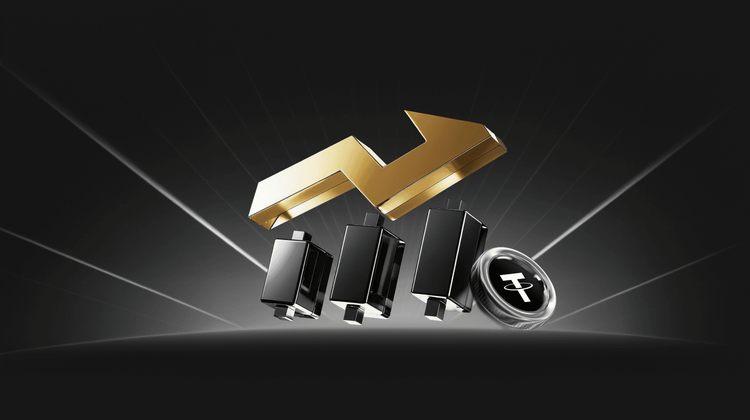
Price Predictions for 12/22: SPX, DXY, BTC, ETH, BNB, XRP, SOL, DOGE, ADA, BCH
Key Takeaways: Bitcoin’s recovery efforts are met with strong resistance, indicating potential bearish trends at higher levels. Altcoins…

Trump Family-Linked USD1 Stablecoin Gains $150M as Binance Unveils Yield Program
Key Takeaways The USD1 stablecoin, associated with the Trump family, increased its market capitalization by $150 million following…
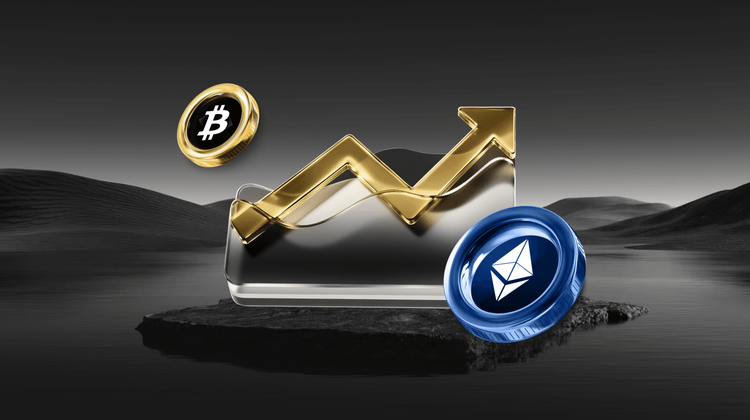
Bitcoin Perpetual Open Interest Surges as Traders Look Forward to Year-End Rally
Key Takeaways Bitcoin perpetual open interest has risen to 310,000 BTC, reflecting a bullish sentiment among traders as…

Hong Kong Moves Forward with Licensing Regimes for Virtual Asset Dealers and Custodians
Key Takeaways Hong Kong’s FSTB and SFC are implementing new licensing requirements for virtual asset dealers and custodians…

What Happened in Crypto Today: Insights on Bitcoin, IMF, and Ether ETFs
Key Takeaways Anthony Pompliano anticipates a stable Bitcoin price trajectory in the coming year due to its lack…
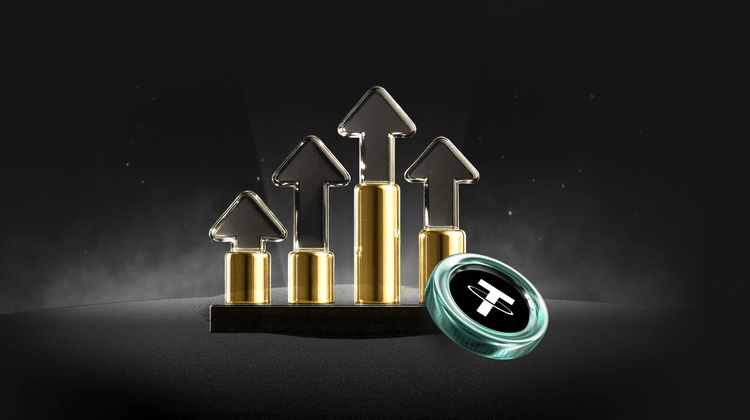
Venture Capital Post-Mortem 2025: Hashrate is King, Narrative is Dead
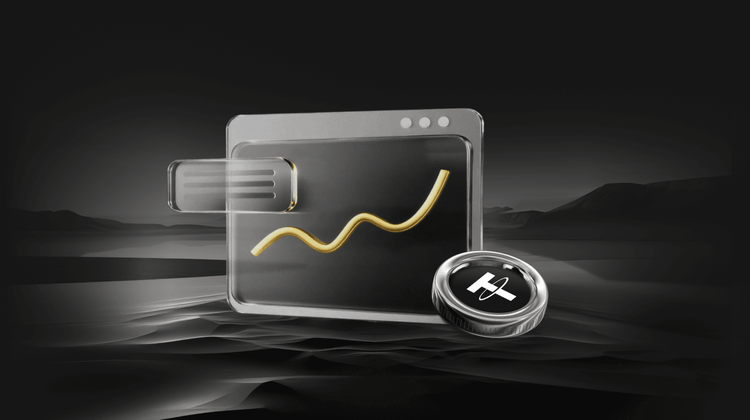
Are Those High-Raised 2021 Projects Still Alive?

Aave Community Governance Drama Escalates, What's the Overseas Crypto Community Talking About Today?

Key Market Information Discrepancy on December 24th - A Must-See! | Alpha Morning Report
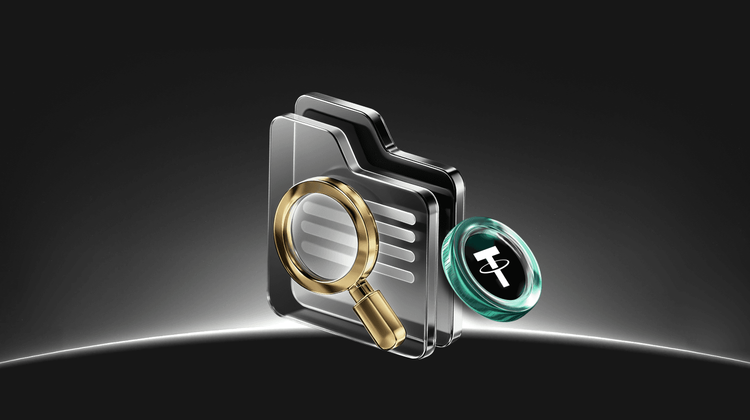
2025 Whale Saga: Mansion Kidnapping, Supply Chain Poisoning, and Billions Liquidated

Believing in the Capital Market - The Essence and Core Value of Cryptocurrency
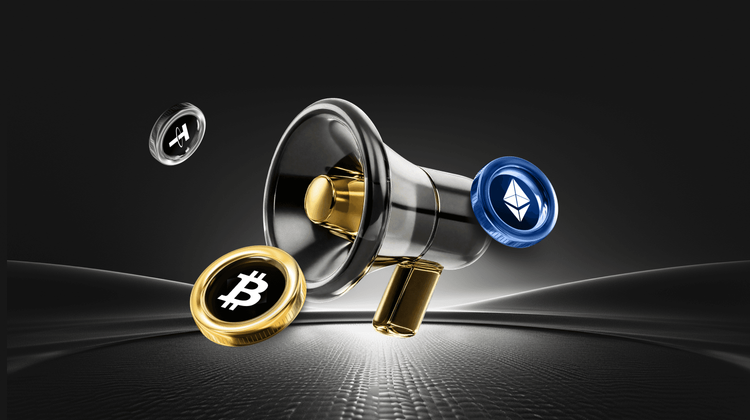
Absorb Polymarket Old Guard, Coinbase Plunges Into Prediction Market Abyss

Ether pumps to outsiders, dumps in-house. Can Tom Lee's team still be trusted?

2025 Asset Review: Why Did Bitcoin Significantly Underperform Gold and US Stocks?

Why Did Market Sentiment Completely Collapse in 2025? Decoding Messari's Ten-Thousand-Word Annual Report
JPMorgan Explores Cryptocurrency Trading for Institutional Clients
Key Takeaways JPMorgan Chase is considering introducing cryptocurrency trading services to its institutional clientele, marking a notable shift…
Palmer Luckey’s Erebor Reaches $4.3B Valuation as Bank Charter Progresses
Key Takeaways: Erebor, a digital bank co-founded by Palmer Luckey, has raised $350 million, bringing its valuation to…
El Salvador’s Bitcoin Dreams Faced Reality in 2025
Key Takeaways El Salvador’s ambitious Bitcoin strategy, introduced in 2021, faced significant challenges and revisions by 2025, particularly…
Price Predictions for 12/22: SPX, DXY, BTC, ETH, BNB, XRP, SOL, DOGE, ADA, BCH
Key Takeaways: Bitcoin’s recovery efforts are met with strong resistance, indicating potential bearish trends at higher levels. Altcoins…
Trump Family-Linked USD1 Stablecoin Gains $150M as Binance Unveils Yield Program
Key Takeaways The USD1 stablecoin, associated with the Trump family, increased its market capitalization by $150 million following…
Bitcoin Perpetual Open Interest Surges as Traders Look Forward to Year-End Rally
Key Takeaways Bitcoin perpetual open interest has risen to 310,000 BTC, reflecting a bullish sentiment among traders as…
Popular coins
Latest Crypto News
Customer Support:@weikecs
Business Cooperation:@weikecs
Quant Trading & MM:bd@weex.com
VIP Services:support@weex.com
